
Masese 1, 2 and 3 are slum areas around Jinja. These pictures are from Masese 3 where I live.
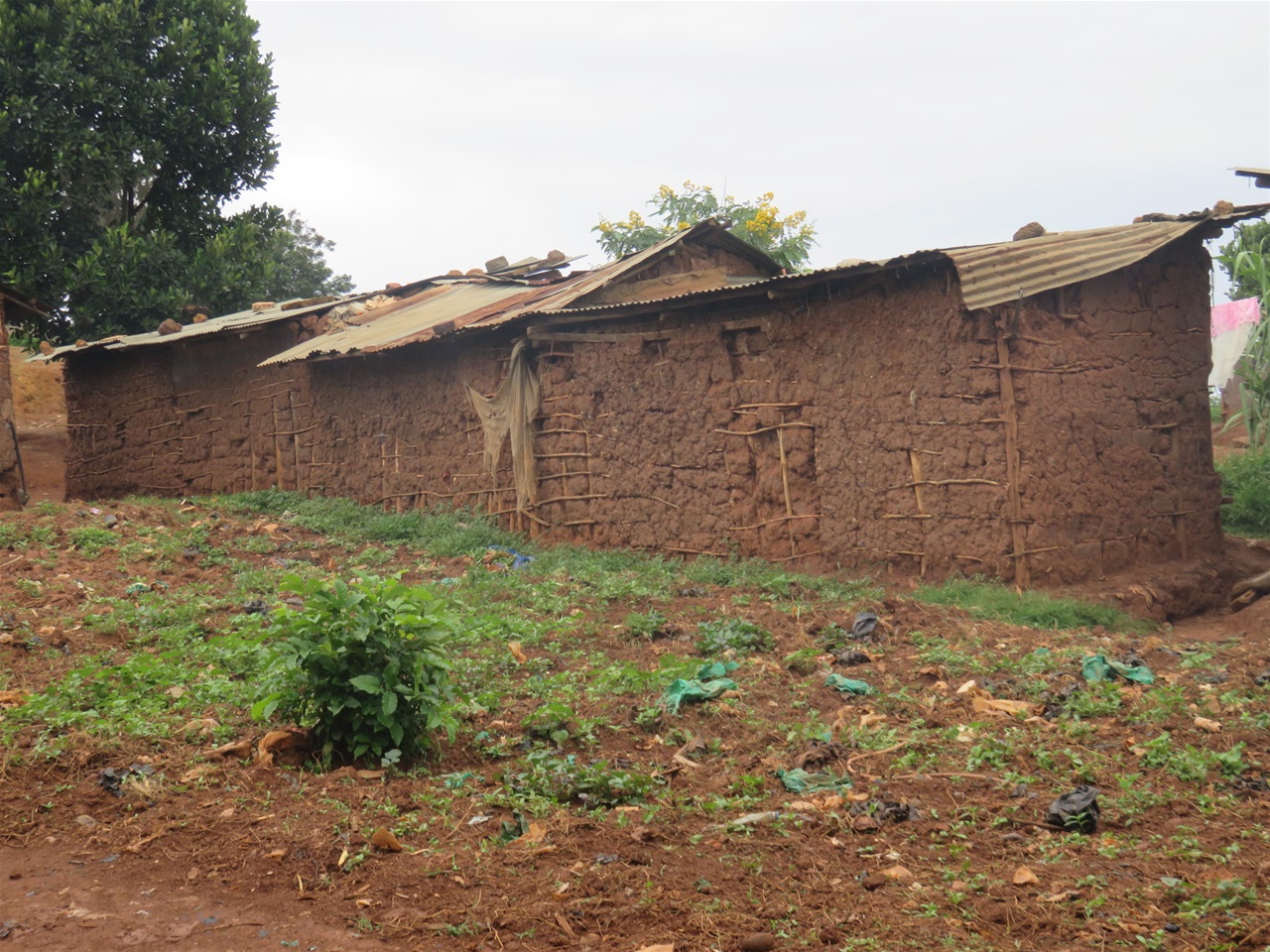
Most houses here are made from branches and clay – with roofs of corrugated steel plates.
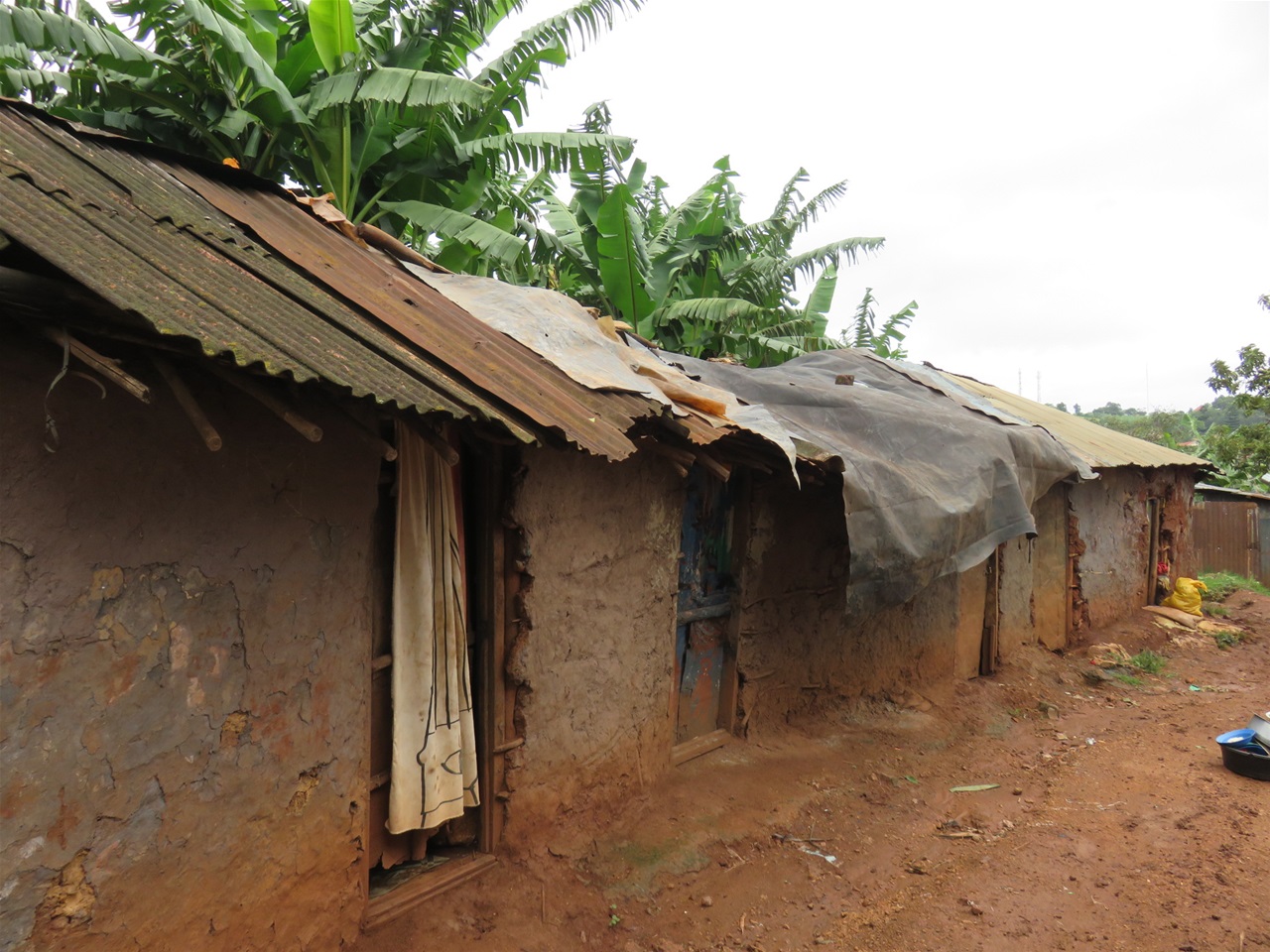
The houses have no windows to let light in, and no doors to keep thieves out.
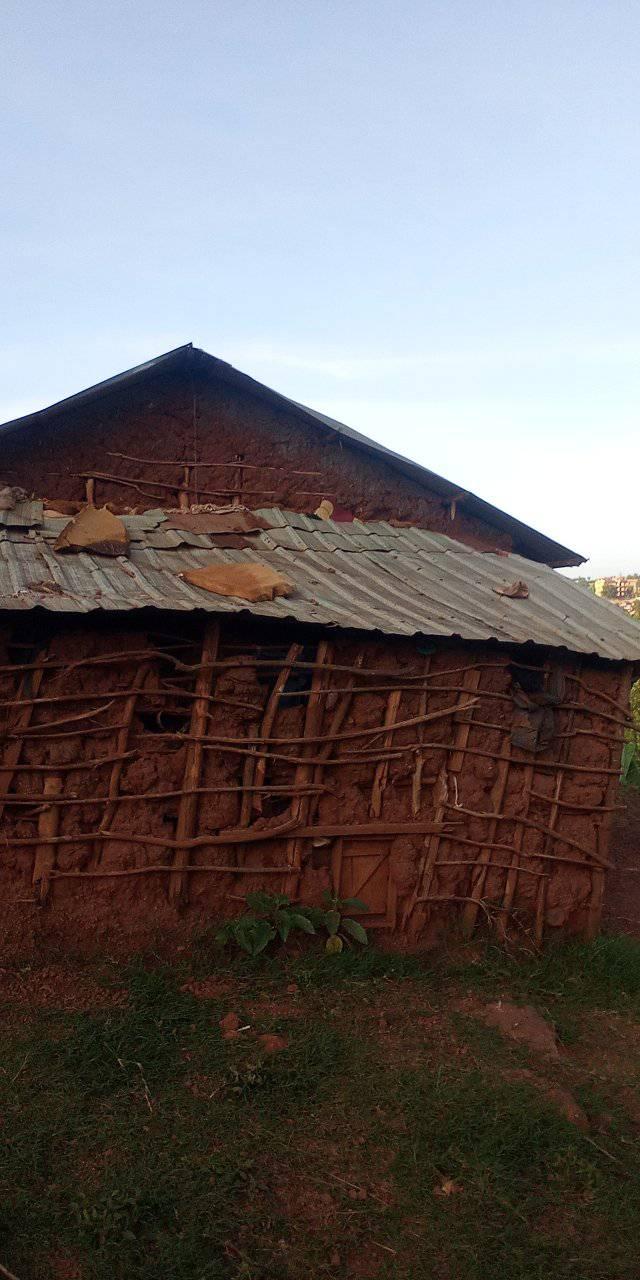
This is where I live. The rent is 30000 UGX = app. 8 US$/month.
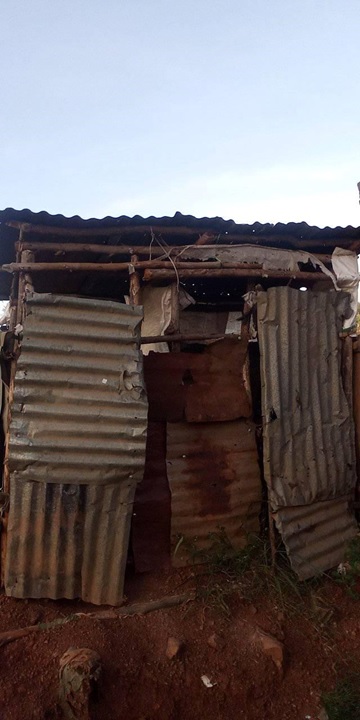
Our toilet building contains a "long drop toilet" (a hole in the ground).

The community bathroom has no running water…
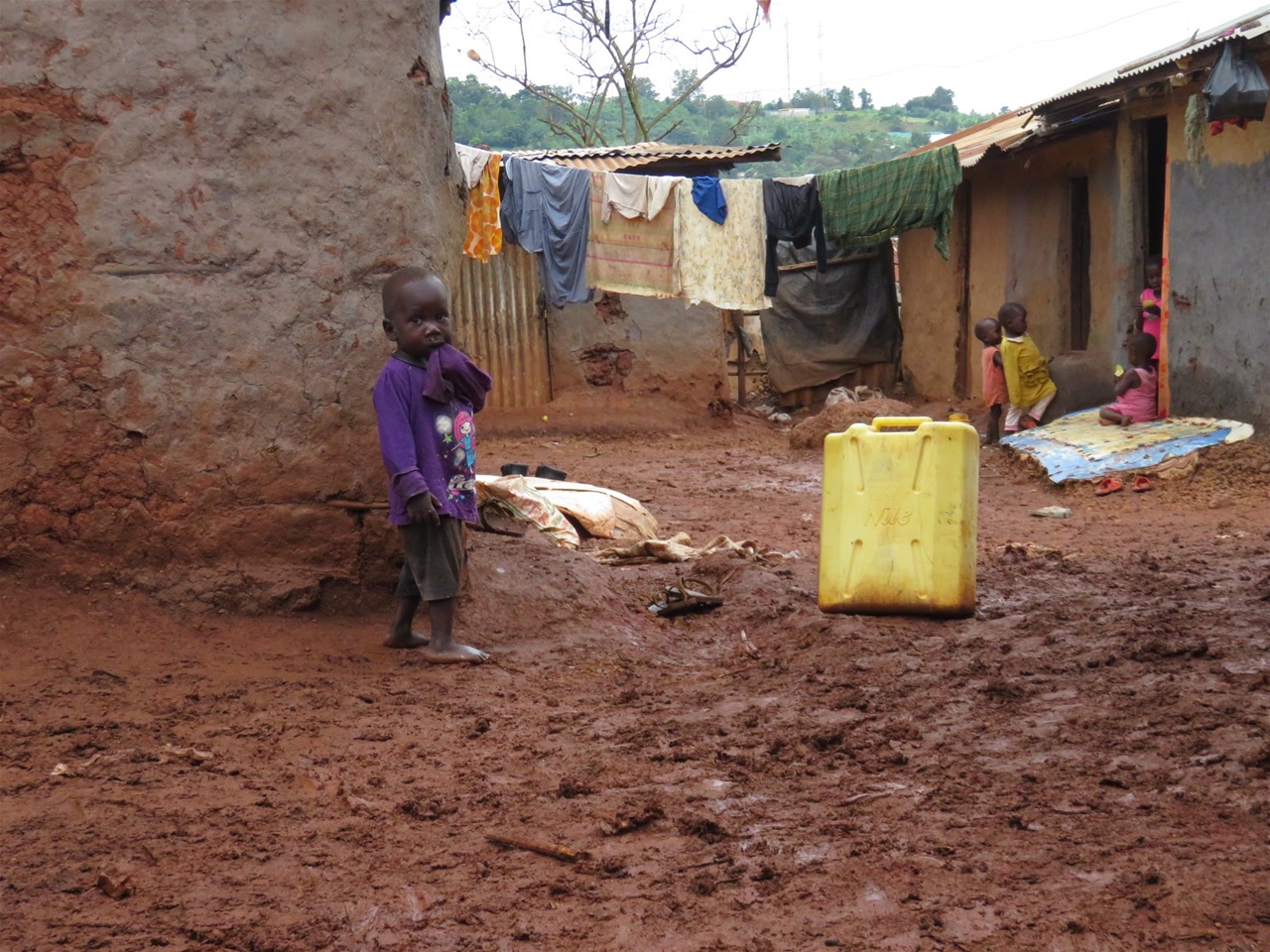
Water is normally carried in Jerrycans like this – from community taps, or from a well in the nearby valley during shortages.

A family needs 6 - 7 Jerrycans per week, so carrying water is a daily chore.

Only a few community buildings are made from bricks and have electricity – but some people make illegal (and dangerous) connections to the power grid.

There is no sewerage system in the slum – only open ditches like this.
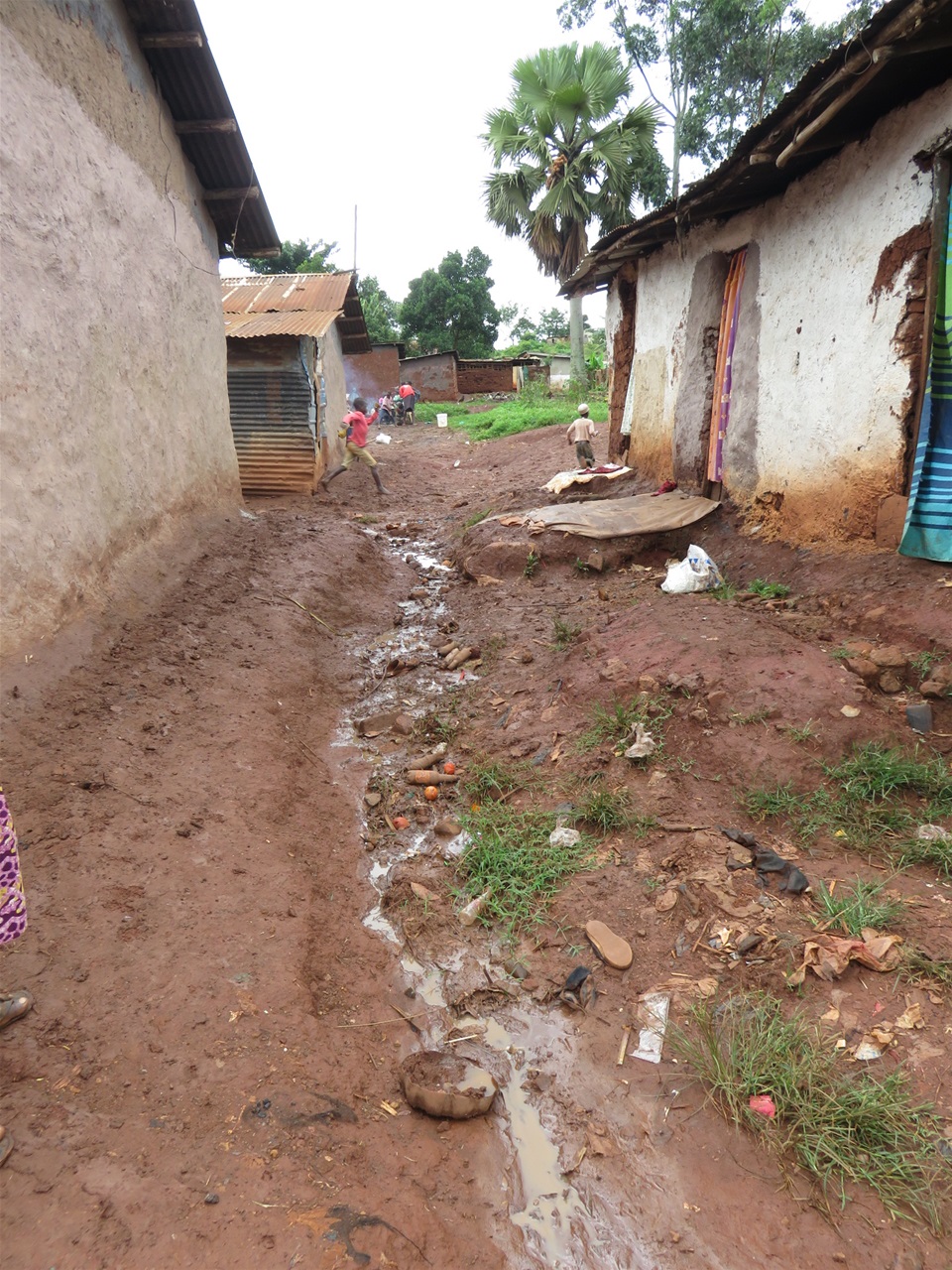
Cholera is often spread here - as the ditches transport dirty water, urine, feces and all kinds of rubbish to the nearest river.
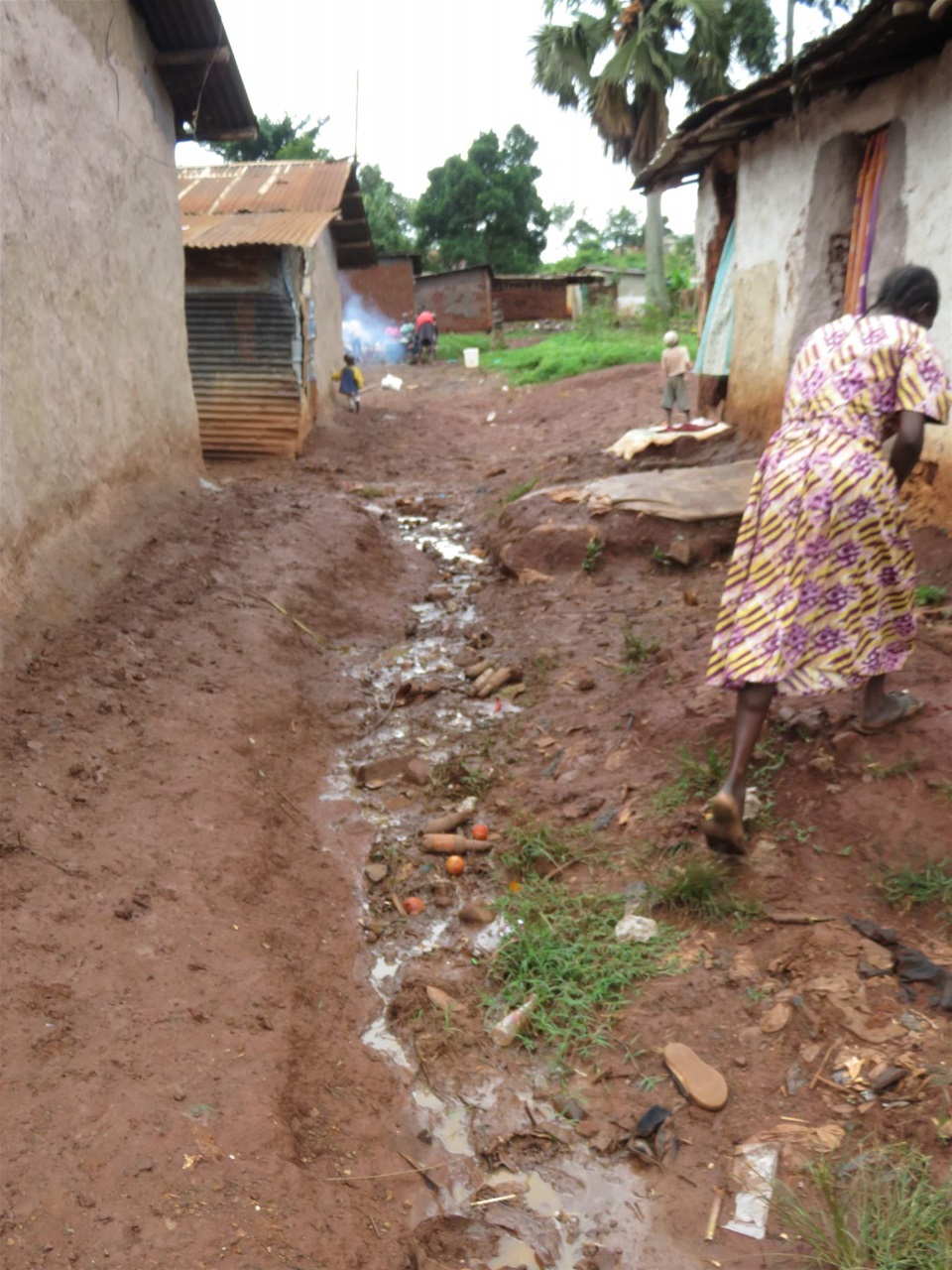
The smoke in the background shows how people are cooking a few meters away from the stinking ditches.
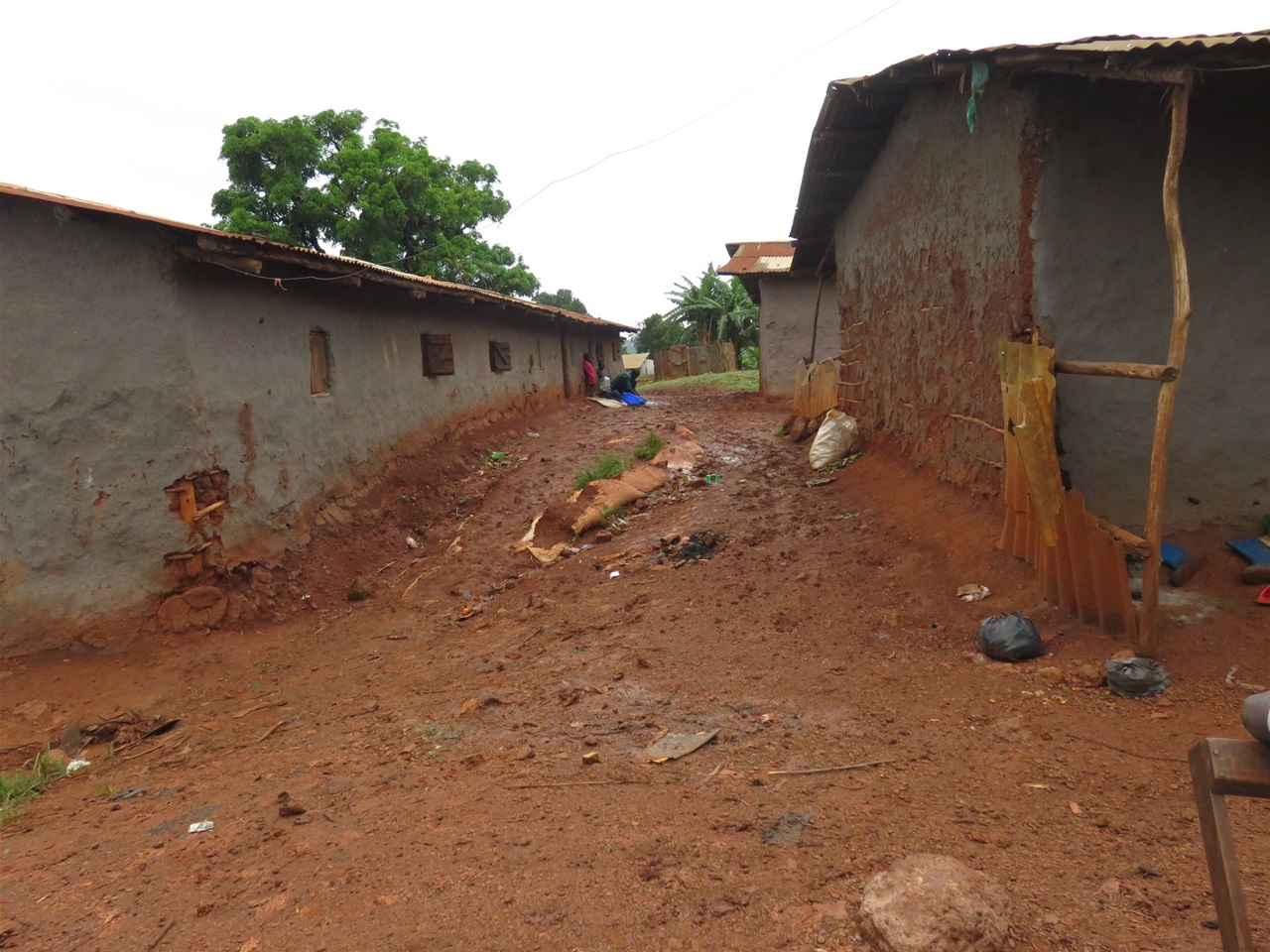
A rare sight in Masese: a house with ”windows” and a street without a ditch.

The houses can not keep mosquitos out, and mosquito nets are expensive - so most people here have had Malaria more than once.
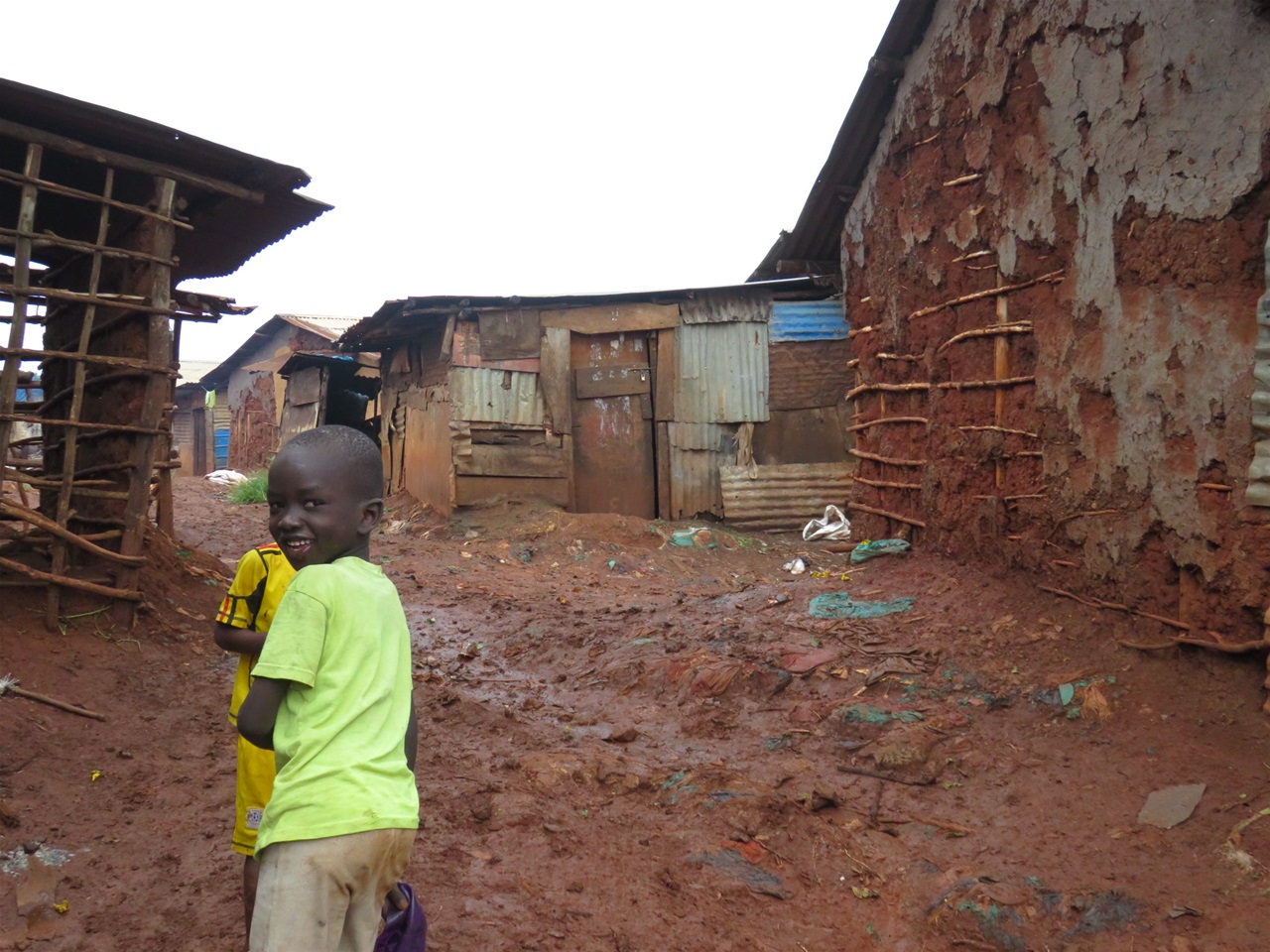
The houses can not keep rats out either – and snakes hunt the rats.
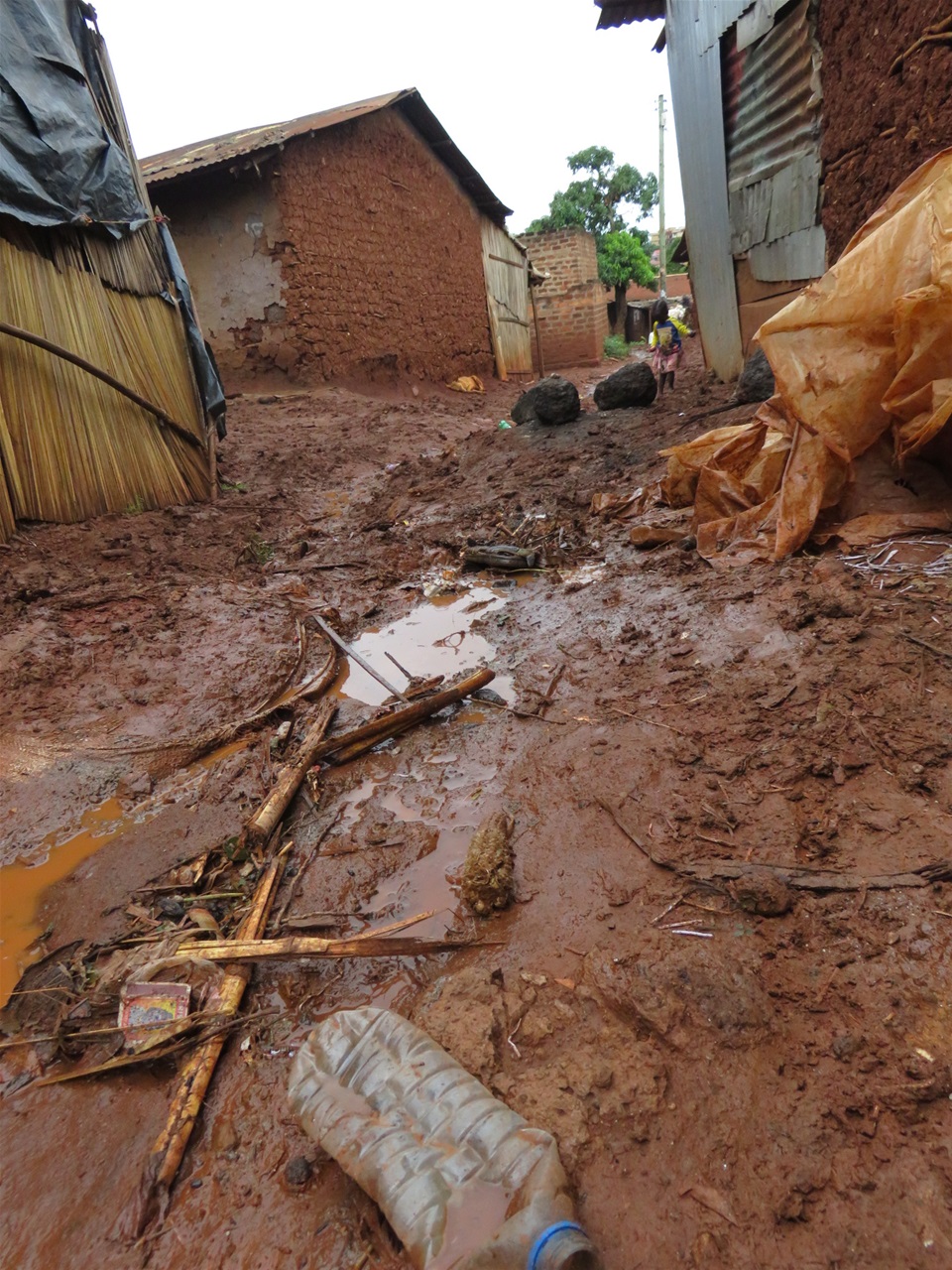
Due to lack of a sewerage system and drainage, the streets are muddy and the houses are damp most of the time.

In some places, the ground contains more rubbish than soil, and the plastic stops the water from draining away.
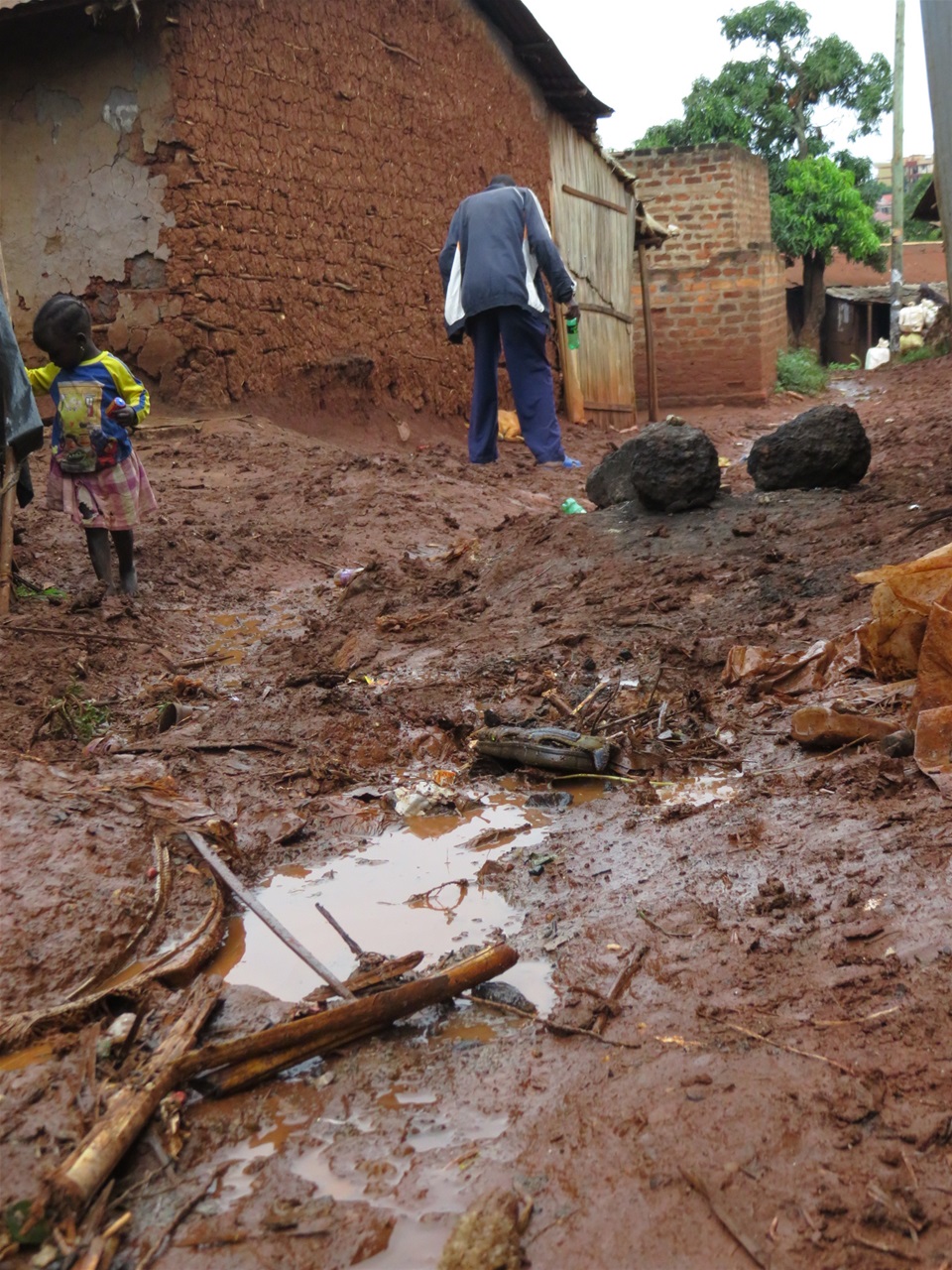
The damp conditions make it impossible to store produce such as corn, wheat, millet etc.

Old sacks, cardboard, plastic and mats woven from straw are used to create dry “islands” between the houses.
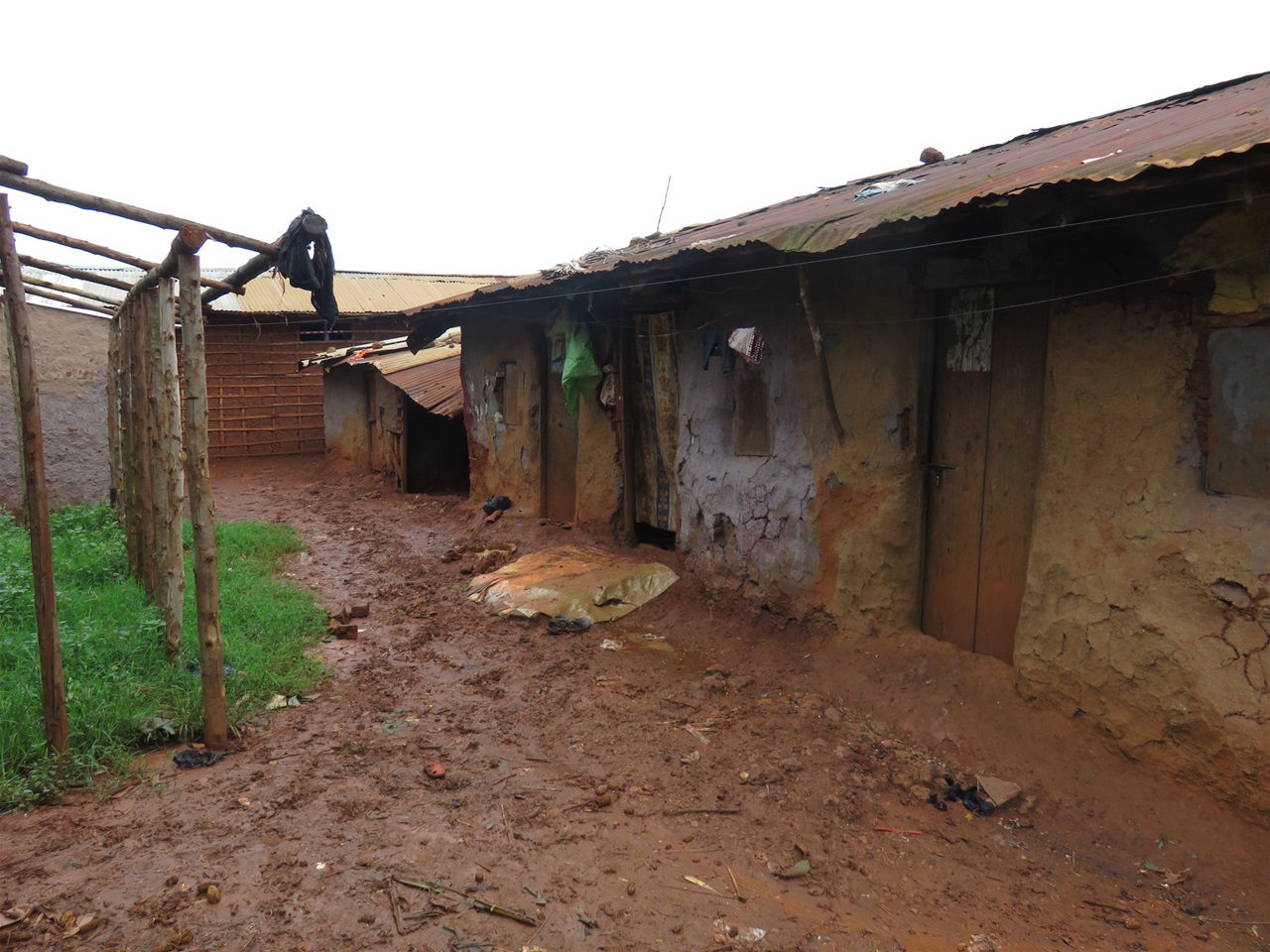
If your doors can not protect your belongings, you have to work from home…

Many of the women here make a little money by brewing the local beer “Kwetee” – the only way to conserve corn.
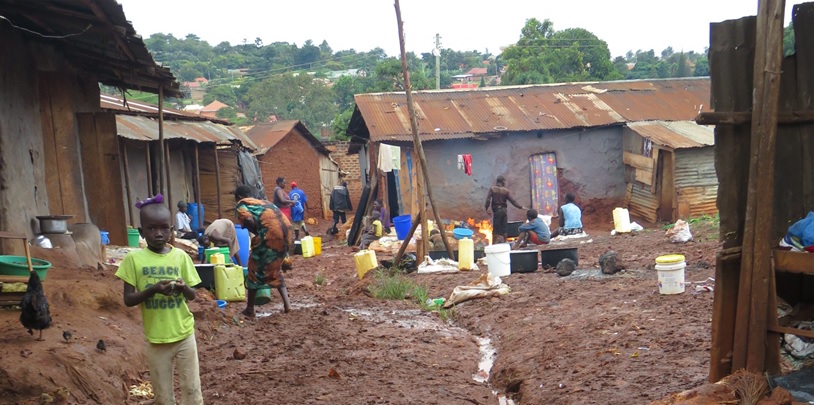
Women brewing the local beer ”Kwetee” from corn / maize.

Kids help with the brewing – by looking after the fire, or by bringing water.

Many collect firewood in a small forest app. 5 km from here – others buy charcoal on a daily basis (white bag).
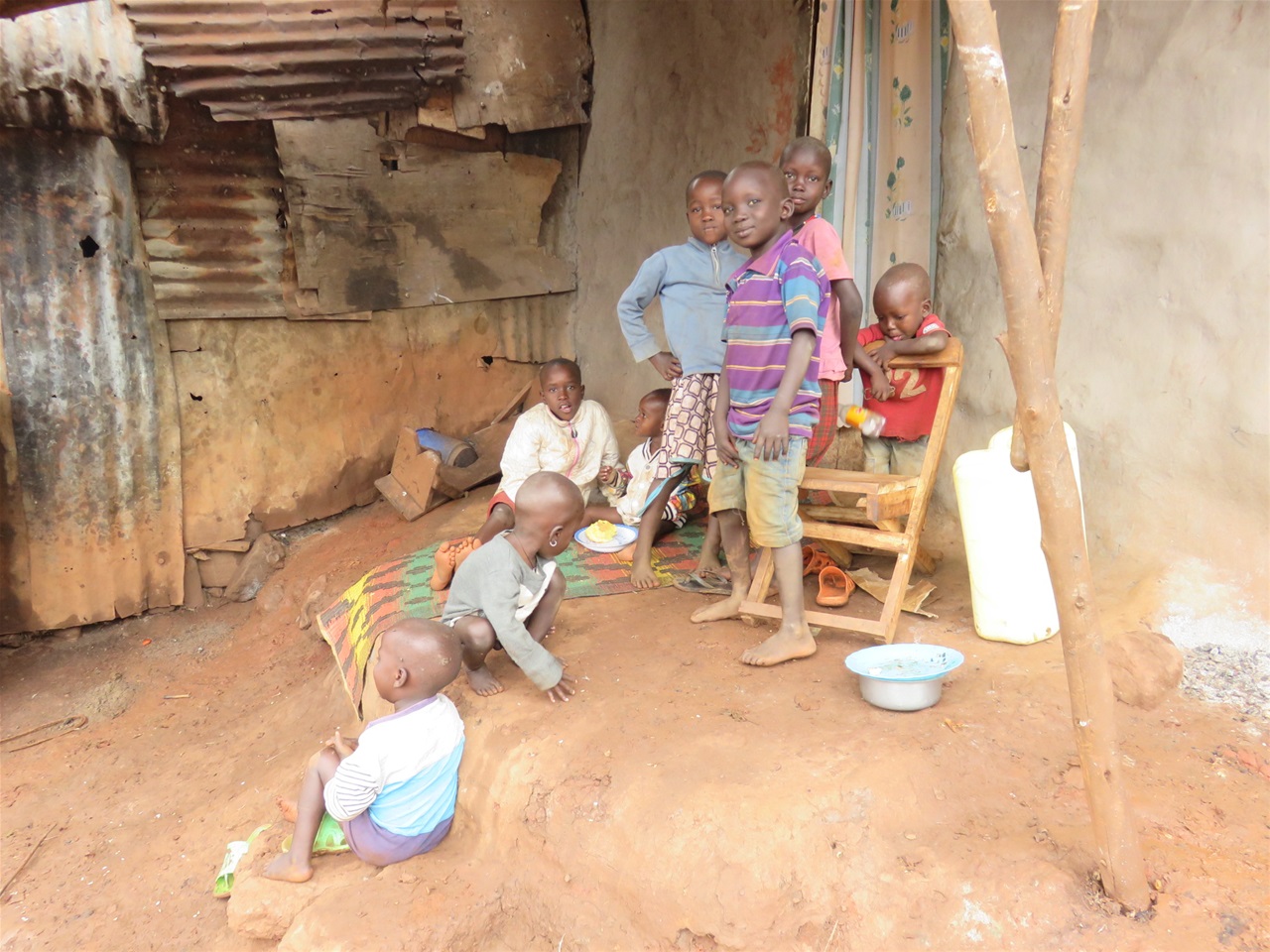
One of the rare dry spots serves as playground for the smallest children - but there are no toys and no adult supervision.
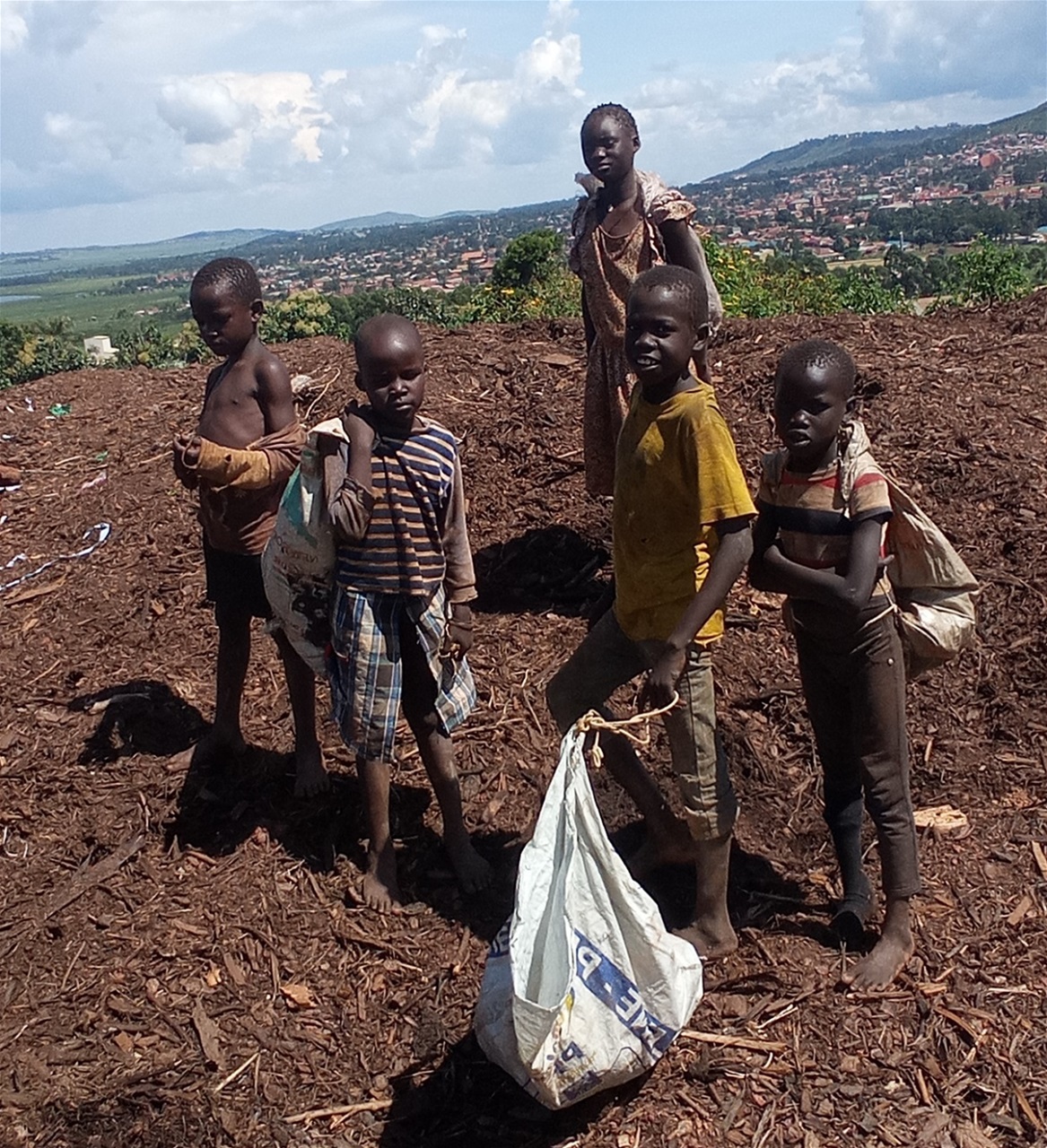
Even very young children are sent to the local dump site to "pick" - which is collecting pieces of metal and other things that can be re-used or sold.
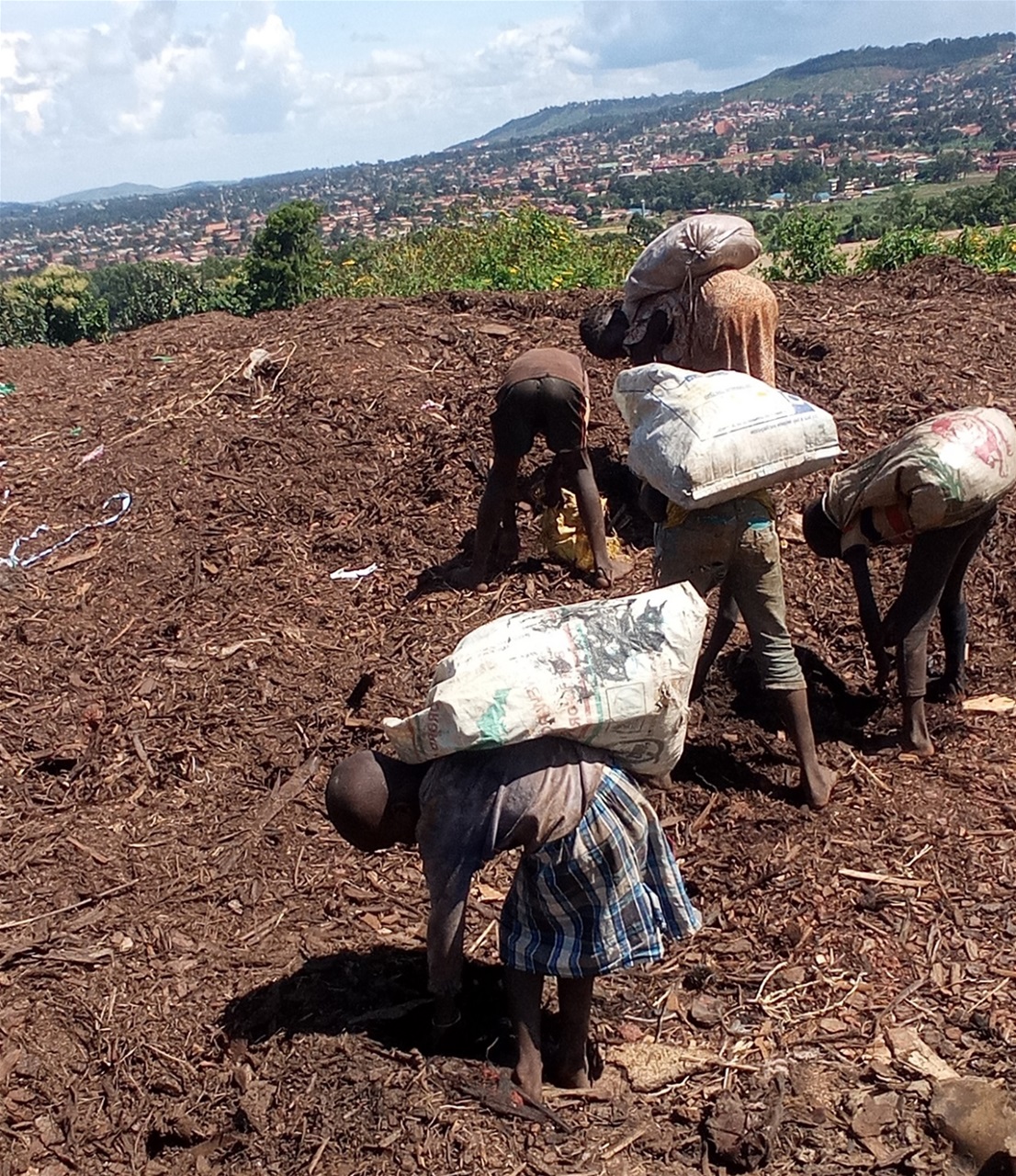
Picking is hard work, and since many kids don't have shoes - foot injuries and severe infections are common.
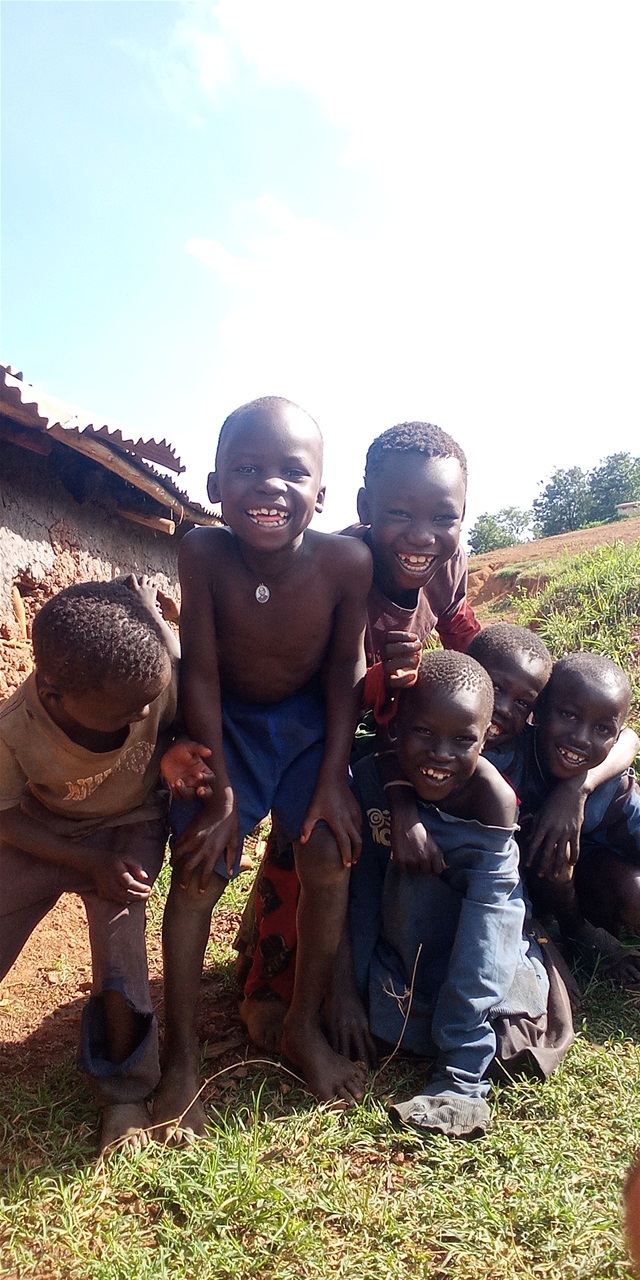
Despite the horrible living conditions here - boys of this age can be surprisingly high-spirited.

Here it is Jonathan Lokiru and friends waiting for some Cassava to eat.
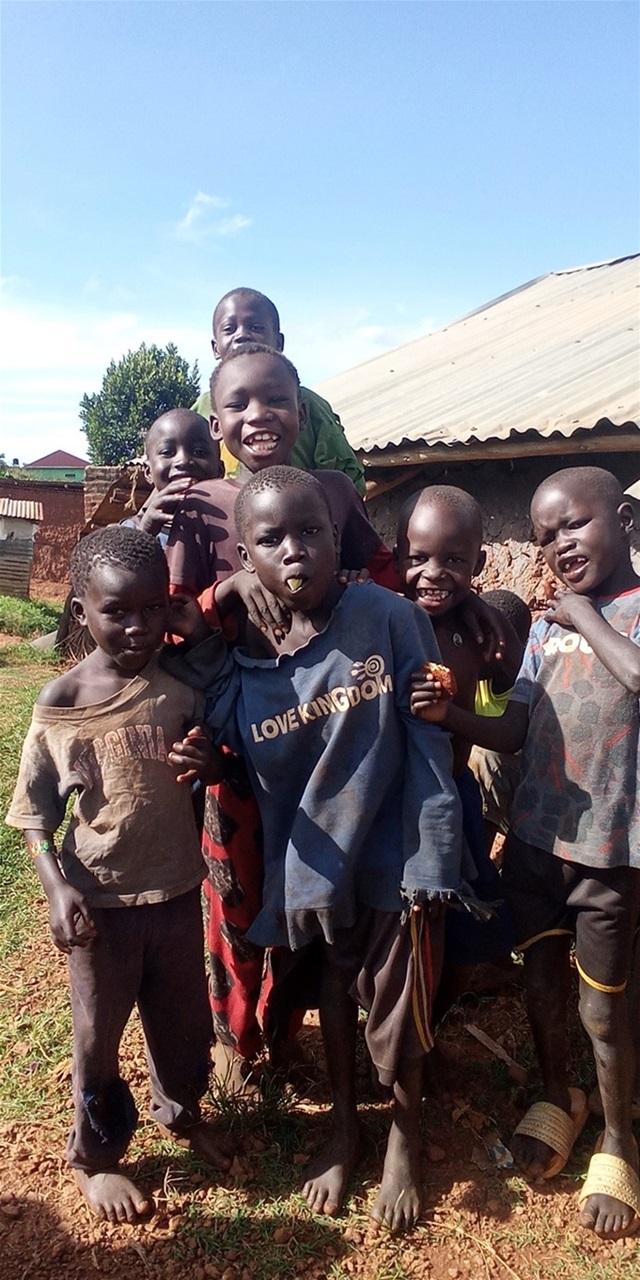
Here we eat with our hands - but the water we wash in, is not suitable for drinking.
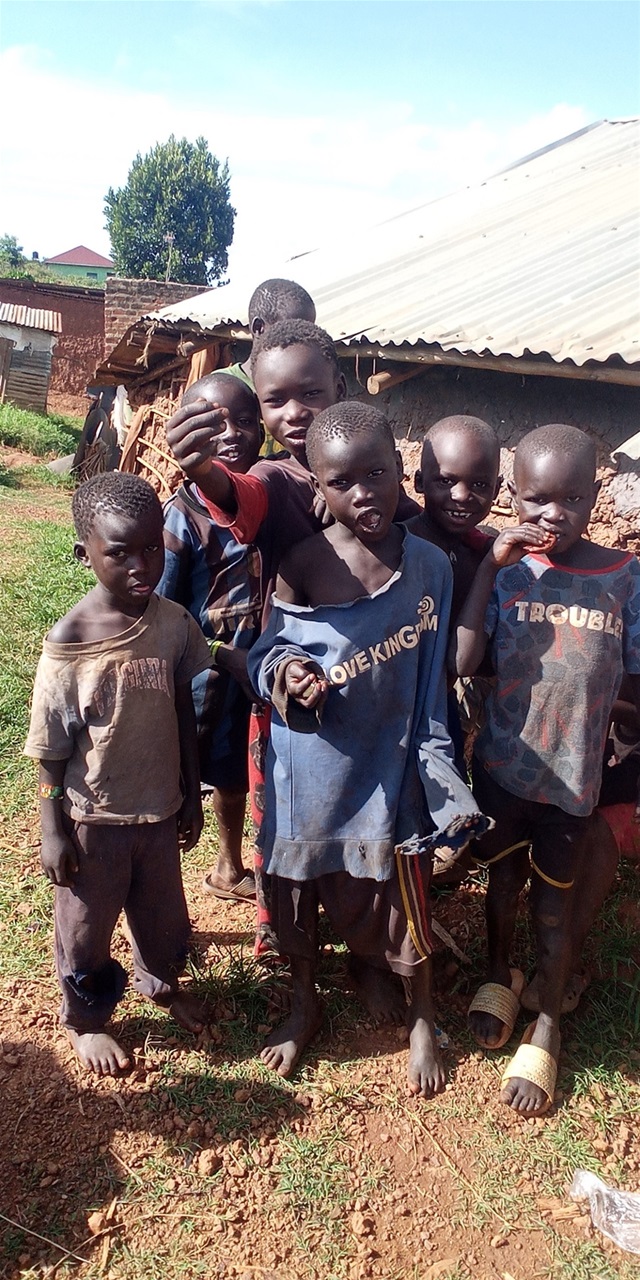
Some of these kids can be found on the page "Sponsor Kids" - where you can read a little about their backgrounds to.
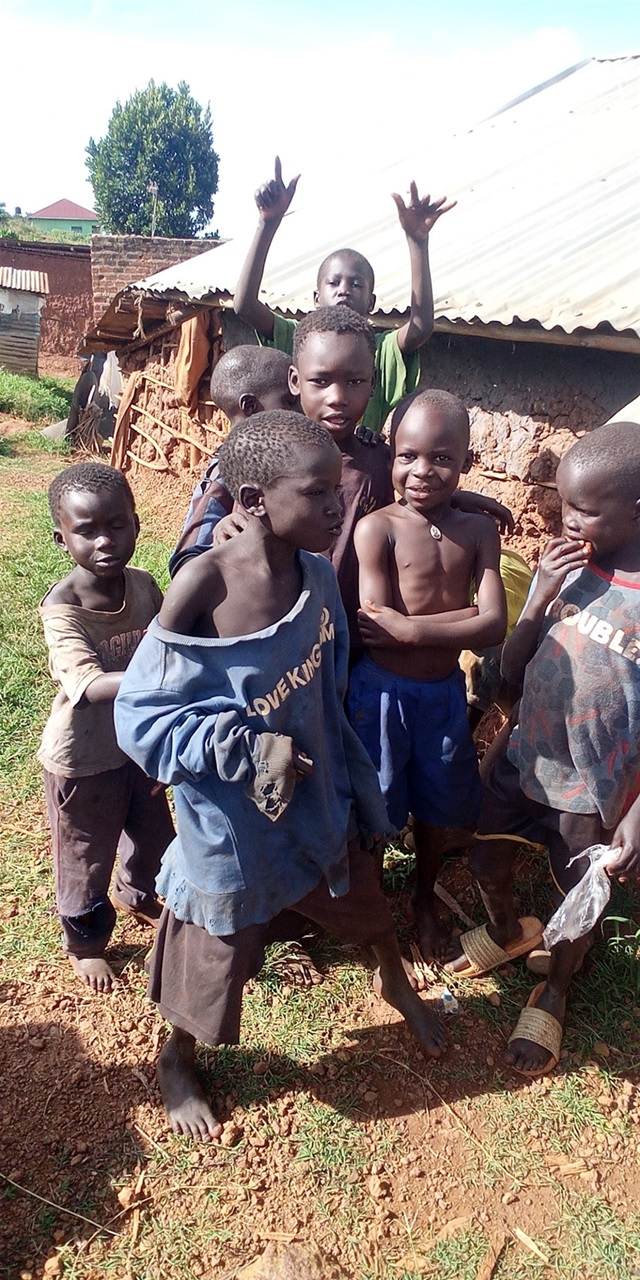
Lochap Micheal in the Love Kingdom blowse is nicknamed Irochom by his friends - which means "guy in torn clothes"...
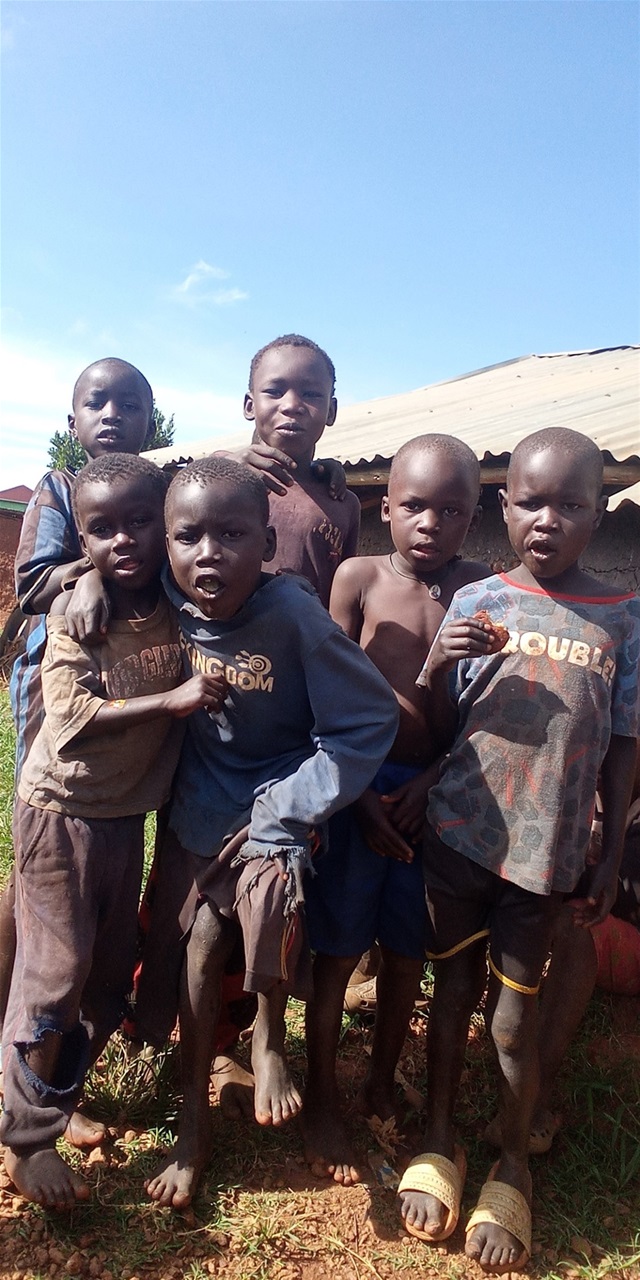
These kids have no tooth brushes - so don't send them sweets - but your second hand shoes could help them to stay safe...

Cute now, but the statistics are grim. In a few years from now, many of these kids will be sniffing glue to forget the hunger pains.